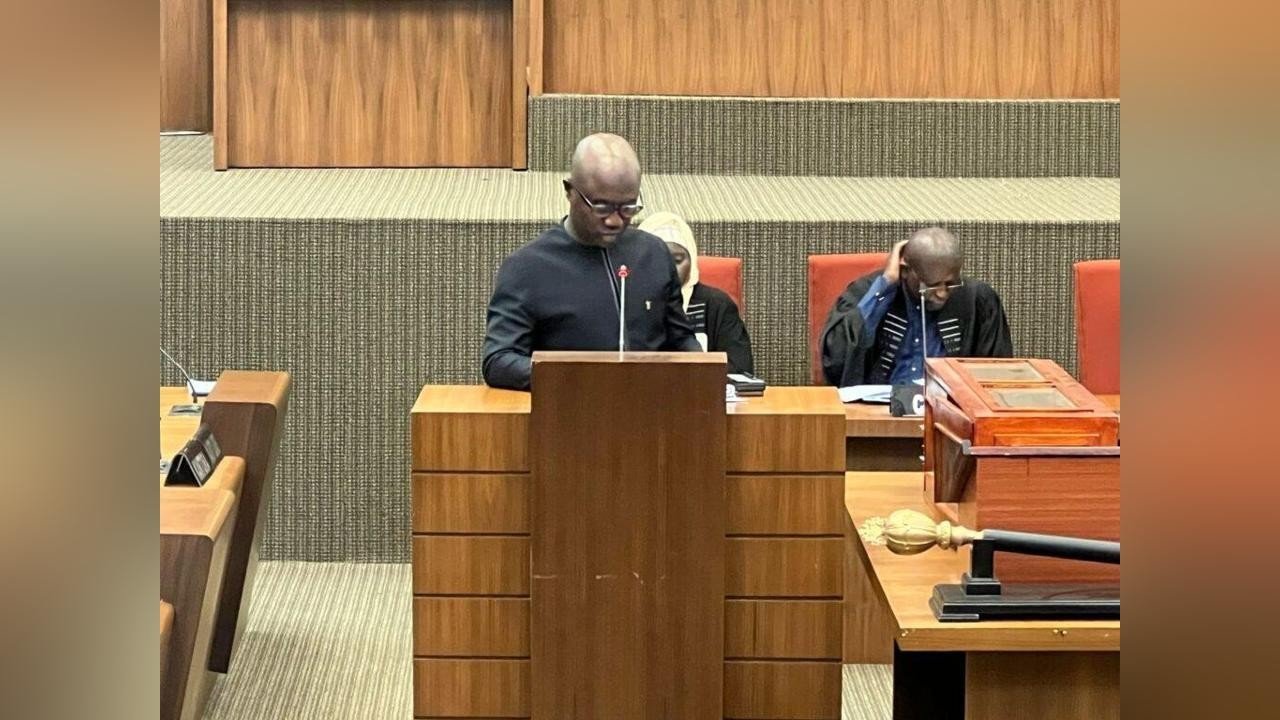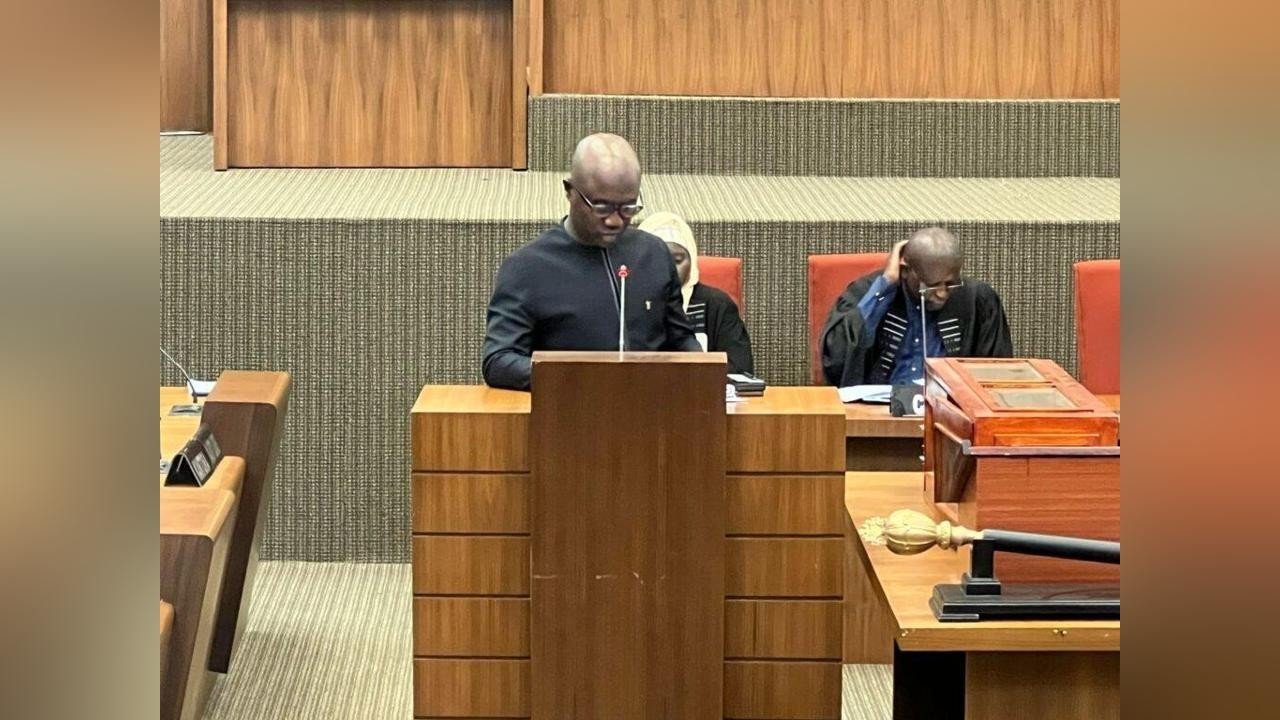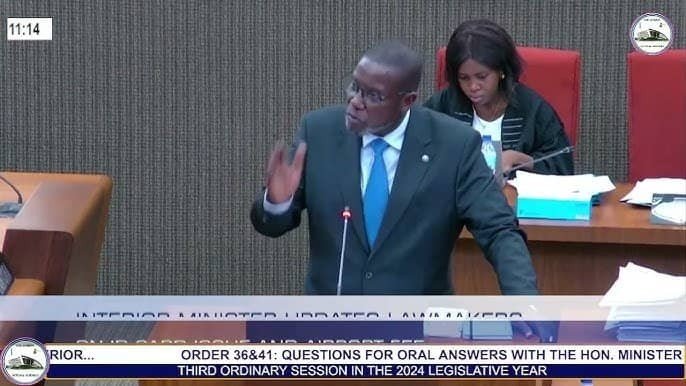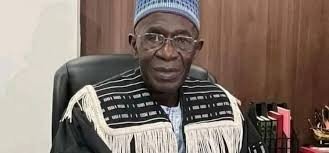The Director of Library and Research at the National Assembly of The Gambia, Alhagie M. Dumbuya, has delivered a public lecture on the historical evolution of parliamentary representation in The Gambia, highlighting the institutional development from colonial rule to the present-day National Assembly.
The lecture was presented as part of activities marking the 2025 Parliamentary Open Day, held on Friday under the theme: “Bringing Parliament Closer to the People”. The event aimed at enhancing public understanding of the legislative institution and strengthening civic engagement.
In his presentation, Mr Dumbuya traced The Gambia’s parliamentary history back to 1843, when a Legislative Council was first established under colonial administration. The initial membership of the Council consisted solely of colonial officials, including the Governor, Chief Judge, Justice of the Peace, Collector of Customs, Colonial Surgeon, and Colonial Engineer.
The period between 1866 and 1888 saw The Gambia annexed to Sierra Leone, effectively reducing its independent legislative structure. However, upon restoration of separate colonial administration in 1888, the Legislative Council was re-established and, for the first time, Gambians James Topp and Samuel Forster were appointed as unofficial members, marking the beginning of local representation in legislative matters.
Mr Dumbuya noted a key milestone in 1922, when Muslim elders from Bathurst petitioned for inclusion in the Council, leading to the appointment of Alhagie Ousman Jeng, and later Alhagie Sheikh Omar Faye, ensuring broader community representation.
He described 1947 as a defining moment in Gambian democracy when Edward Francis Small was elected as the first Gambian representative in the Legislative Council. This ended more than a century of entirely nominated representation and set the stage for democratic political participation.
He indicated that the rise of political parties in the 1950s introduced a more structured electoral framework, with figures such as I.M. Garba-Jahumpa and Rev. John Colley Faye being among the early politicians elected under the new system. By 1960, universal adult suffrage was introduced, and the legislative body was expanded to include 19 members, firmly establishing the foundation for representative democracy in the country.
Mr Dumbuya further outlined the changing designations of the legislature: Legislative Council (1843–1960), House of Representatives (1960–1972), Parliament (1972–1994) and National Assembly (1997 to present).
He also addressed the enduring provision for nominated members, present in all constitutional frameworks since colonial times. In 1968, the nomination of Lucretia Claire Jones as the first female Member of Parliament (MP) marked a significant step towards gender inclusion. This was followed by the election of Nyimasata Sanneh Bojang in 1982, becoming the first elected female MP in The Gambia.
His lecture outlined the functions of the modern National Assembly, including: Lawmaking Oversight, Budget approval and scrutiny, Representation, Ratification of treaties, Constitutional amendment and Approval of appointments.
Mr Dumbuya noted that parliamentary development in The Gambia is rooted in a long history of evolving representation and institutional growth. He emphasised that understanding this history is vital for appreciating the current role of the legislature in national development.






